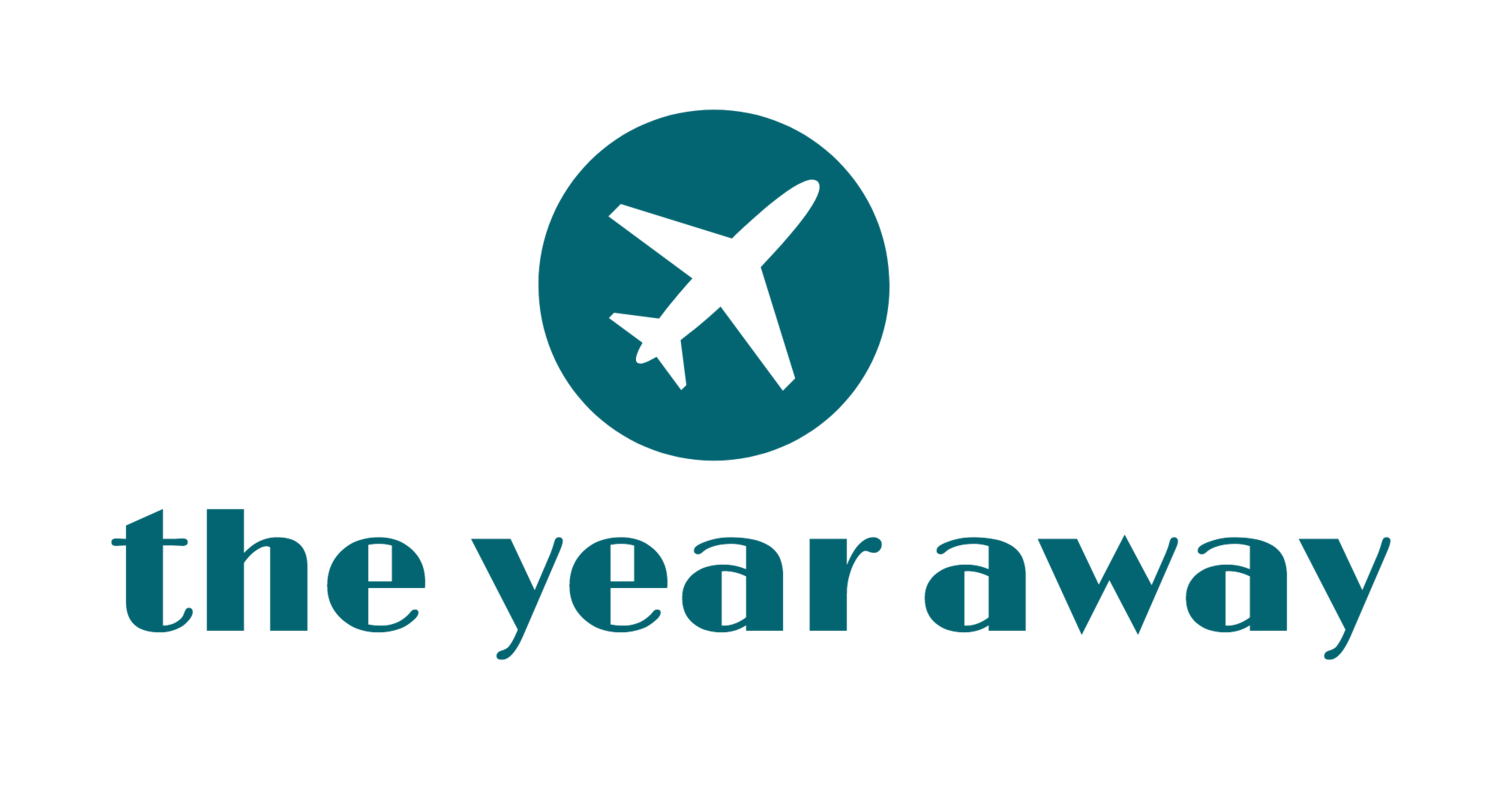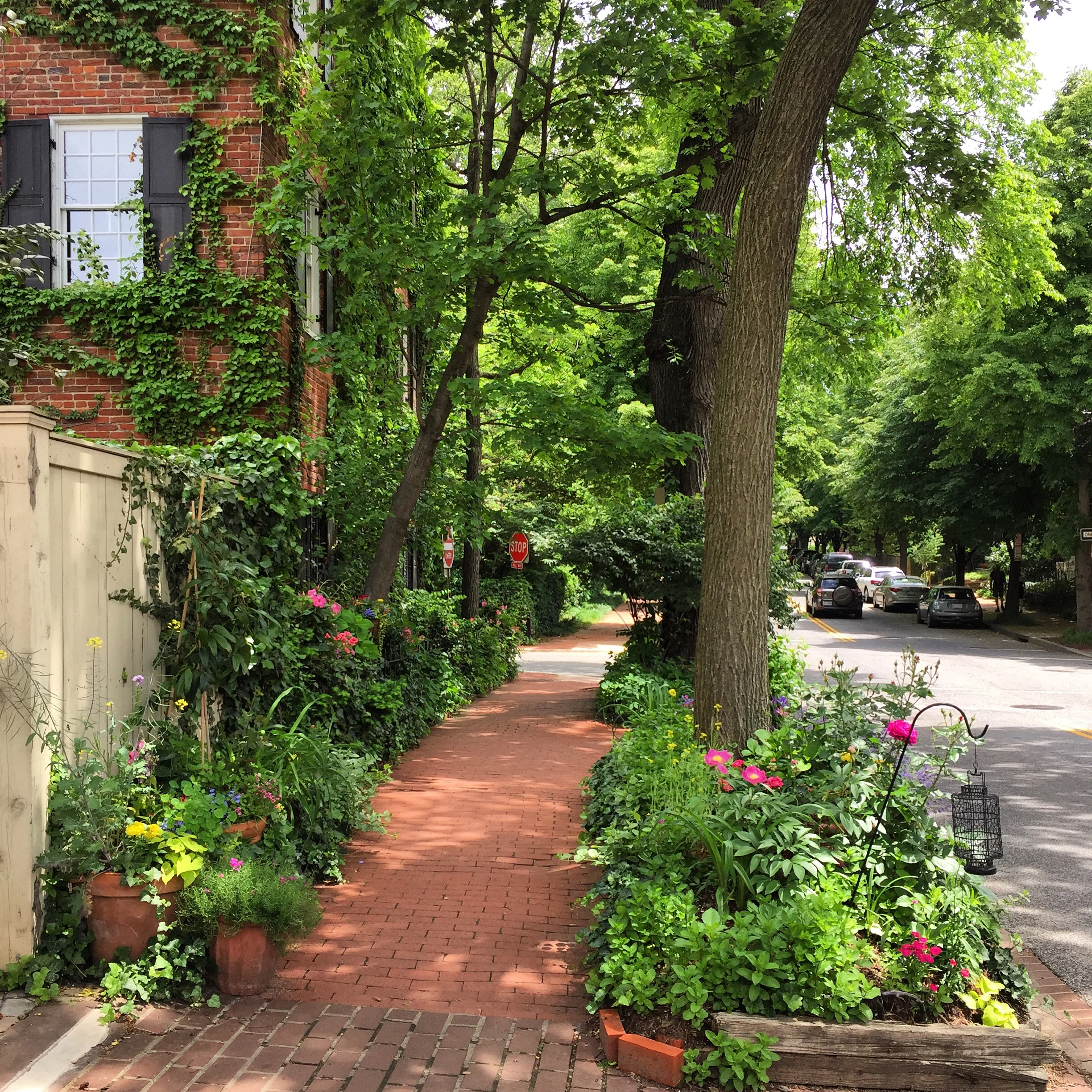My Trip to Israel - Shakshuka with Kale over Cous Cous
August 2013
My Trip to Israel
In the summer of 2013, I went on Taglit-Birthright to Israel. Birthright is a nonprofit educational organization that sponsors paid for heritage trips to Israel for those 18 to 26 years old. Taglit is Hebrew for discovery. I went with an old childhood friend, who I've known forever. Our mothers were best friends in high school. I hadn’t seen her in years, but we were able to go on the same trip—Israel by Bike, through Israel Outdoors.
A bike propped along a wall in Tel Aviv
Although we probably biked twice throughout the two weeks, it was nice to be in a group of active, like-minded people. On the plane, we sat to another girl on the trip.
I didn’t think anything of it, until we completely hit it off. There are people in this world you just click with. She was one of those people.
I wasn't expecting to fall for Israel. My understanding was that the objective of Birthright is to convince you to ultimately move to Israel to continue Jewish traditions. I felt that I was outsmarting the system since I was aware of a the trip's ulterior motive. I was outsmarting the system. Yet, even with this in mind, I couldn't help but feeling an inherent connection to Israel. It was a speech given by a Holocaust survivor at the Holocaust Museum. It stuck with me. Israel was founded in the 1960s to provide a land for Jews to call their own. Take ownership. After World War II, they had no singular home, no land. I was told it is up to us. For, if we don’t inhabit Israel, who will? I've heard this before, but hearing it from this woman, in this country felt different. She was a child during the war, and her mother miraculously kept her and her sisters together. They pretended they didn’t know each other. And as they marched one night through the snow, Jews peeled off from exhaustion or hypothermia. Nazis would shoot them, since they were deemed too weak to contribute. As a child, this woman’s mother told her children to peel off into a ditch, and pretend they had already been shot. She was here, telling us her journey. It was tremendously powerful.
Another takeaway for me were the weapons and the security. Guns were ubiquitous. In fact, upon entering the Holocaust Museum, there was a pile of guns It was due to the requirement to serve in the army—generally men for three years and women for two. We had several Israeli soldiers travel with us who were our age. Israel is like no place I’ve traveled to. Barbed wire and caution signs for active mines.
On a walk in Northern Israel
The overarching sense of tension from other regional nations felt tangible. The Israeli soldiers on our trip, who are our age, knew friends who were killed because they were Israeli. Although the the conflict is palpable, I still felt safe. We went on a fair amount of hikes—one was a walk in Nahal Zaviton, in the Golan. It was gorgeous—reminded me of a tropical rain forest. We then went to the Gadot Lookout, which was an army fort that belonged to Syria prior to the 1960s. It was wild to lookout and see the border of Lebanon. The land seemed so vast.
On a personal note, the trip itself was a transformative moment. It was a lot to learn, and even more to process. Thus, I welcomed the structure of the trip. Meals, activities, shelter—everything was per-arranged. Although it felt that we were shuffled around, I enjoyed the schedule in this particular situation. We kayaked down the Jordan River, went to Tzfat, the birthplace of Jewish mysticism. We explored Jerusalem, the Haas Promenade, a panoramic view of the city.
The Baha’i Garden, a top site in Haifa
We made reflections at the Western Wall, the Kotel.
We slept overnight in the dessert under the stars, we took a hike up Masada at 5 a.m. to see the sunrise.
Our beds for the night
Woke up for sunrise
We swam in the Dead Sea, covered ourselves in mud.
Dipping in the Dead Sea
I was hooked. Maybe it was that woman’s speech at the museum, maybe feeling it was the homeland, maybe it was simply the change of pace. But, I stayed on. The three of us decided to stay a few extra days after the trip ended in Tel Aviv. We stayed in the Florentine Hostel, which felt like we were living in the 1960s—very free spirited.
Florentine Hostel common area. We slept outside.
It brought me back to my backpacking days in Southeast Asia. I was in my element. I had this sense that if I didn't stay and explore on my own, my time in Israel would have felt unfinished. My strongest memories from the entire excursion could be our time in Tel Aviv, on our own. Going to cafes, walking on the beach, getting lost in the vibrant Israeli markets.
Tel Aviv beach
There are so many—too many—memorable meals in Israel. On the trip, we’d stay in Kibbutz’s and breakfast, lunch, and dinner were spreads of fresh Israeli salads, roasted vegetables, smoked fish. And the shawarma and falafel. The hummus from the stores were even infinitely better than the states. The figs, the dates, the olives, the pastries.
Pastries, including walnut and pistachio baklava, from a typical market
Pomegranates, and fresh squeezed orange and pomegranate juices, were in abundance
I found that Tel Aviv is significantly younger and more liberal than the rest of Israel. We spent a significant amount of time in Jaffa. Largely, because the area had some fabulous markets. But, it was in Jaffa that I had my most memorable meal. Shashuka. We came across it randomly, but apparently Dr. Shashuka is highly acclaimed. On the communal table, was an endless supply of large, fluffy white bread—resembling challah. When the dish came, it was two fried eggs in a rich tomato stew with olive oil in a sizzling skillet. This was my first introduction to cracking a fried egg on entrees. The runny yolk was so creamy, the sauces was ideal for dipping. Wherever we went, I found that Israel’s were the kindest souls. So generous, so welcoming. Since we were so mesmerized by the dish, our server brought us two complimentary dishes, with cous cous. One was squash and vegetables, and another of meat and potatoes.
Our meal at Dr. Sakshuka
I recreated the Shashuka using my standard homemade tomato sauce recipe. Sometimes I’ll add kale or chickpeas or sausage to the sauce. I'll often top it with feta or Parmesan. I’ll serve it over rice or cous cous. Or just a large wedge of good bread for dipping. It's infinitely adaptable and the glory of the dish is that it can be made with pantry staples. It's highly satisfying and always brings me back.
Shakshuka with Kale and Feta over Cous Cous
Serves: 2
Ingredients
6 eggs
¾ cup dry whole wheat cous cous
1 medium onion, diced
4 garlic cloves, minced
1 16 oz. can diced tomatoes
1 cup Tuscan kale, packed
1½ cup crumbled feta
3 tbsp. olive oil
1 tsp dark brown sugar
1 tsp. cumin
½ tsp. smoked paprika
1 tbsp. tomato paste
½ tsp red pepper flakes
Salt and pepper
Method
Preheat oven to 375 degrees
Heat olive oil in a large cast iron skillet
Add onion, salt, and pepper and cook for 8 minutes until onion until translucent
Add garlic, cumin, smoked paprika, red pepper flakes, cook for 1 to 2 minutes
Add tomatoes and brown sugar, cook for an additional 15 minutes on a very low heat
Add kale, cook for about 5 minutes, until just wilted
Make 6 divots in the sauce with a large ladle, spaced evenly apart
Carefully crack each egg in the divots in the sauce
Transfer skillet into the oven and bake until whites are set, yet the yolks are still runny, roughly 3 to 4 minutes
Top with feta, and cook for additional 4 to 5 minutes
In a separate small sauce pan, boil 3/4 cup water
Add 3/4 cup dry cous cous, turn off heat and let sit for 5 minutes
Fluff cous cous and divide cous cous into two bowls, with two eggs, and plenty of sauce
*Recipe adapted from Melissa Clark, The New York Times (2013)























